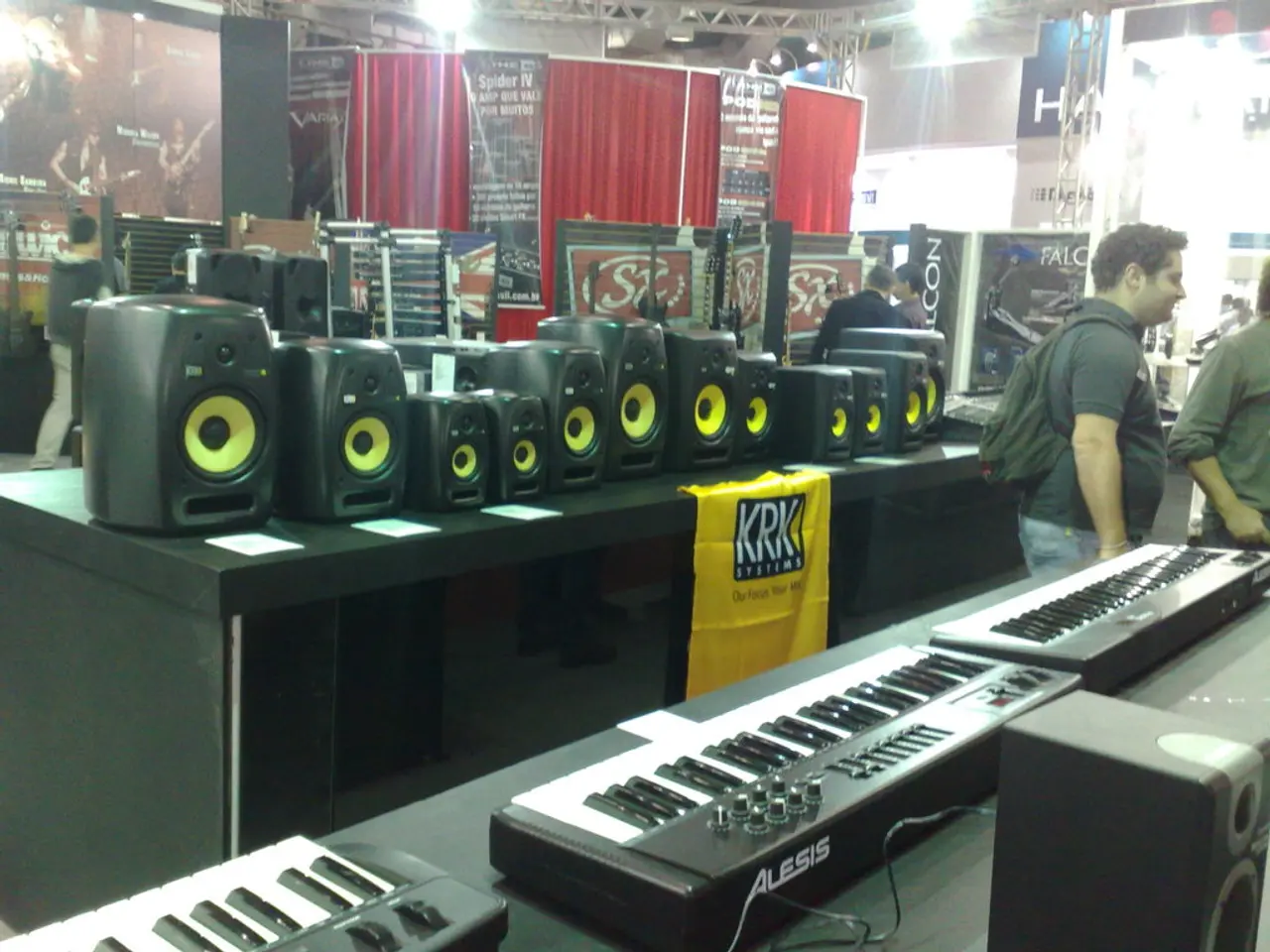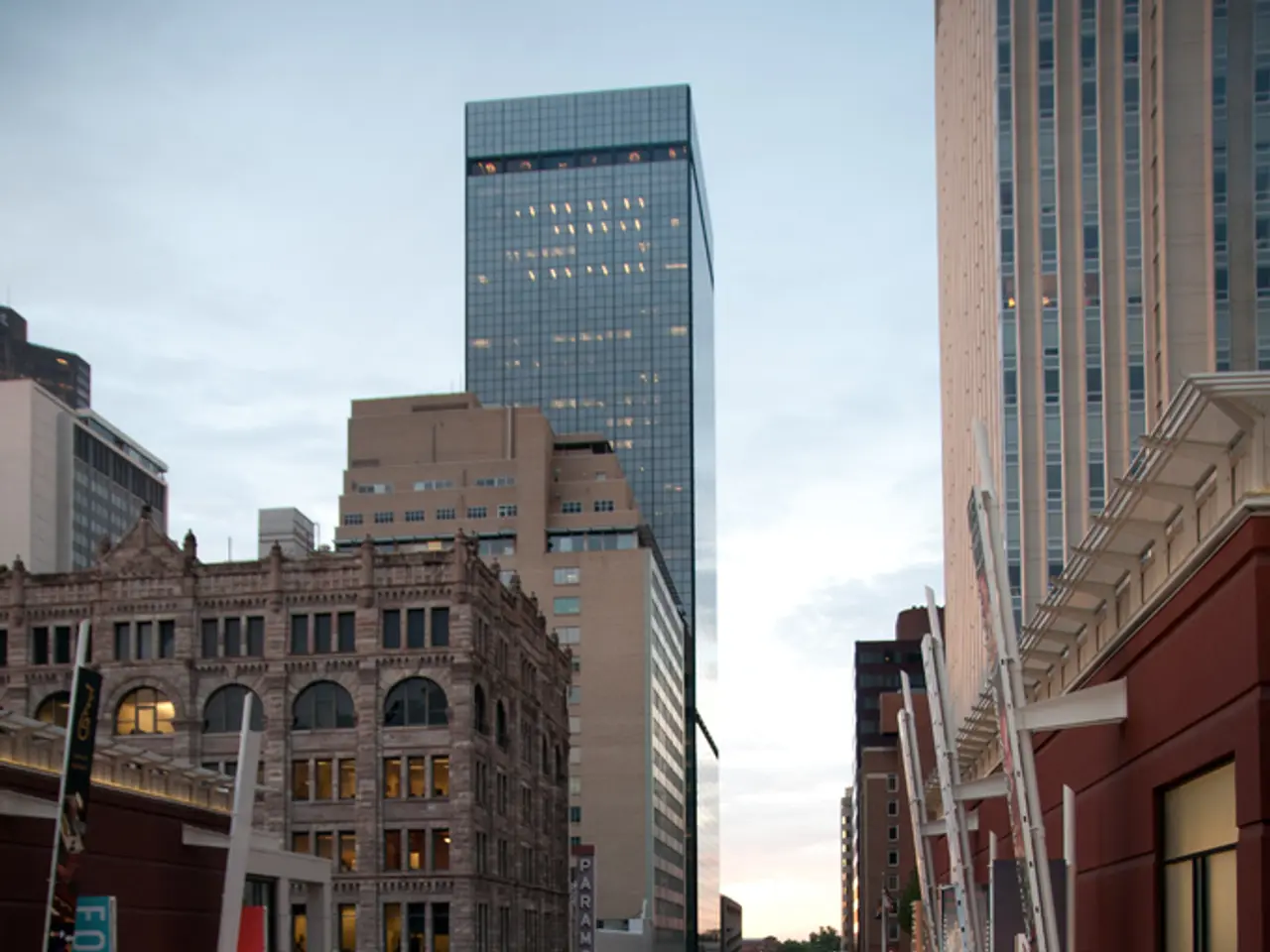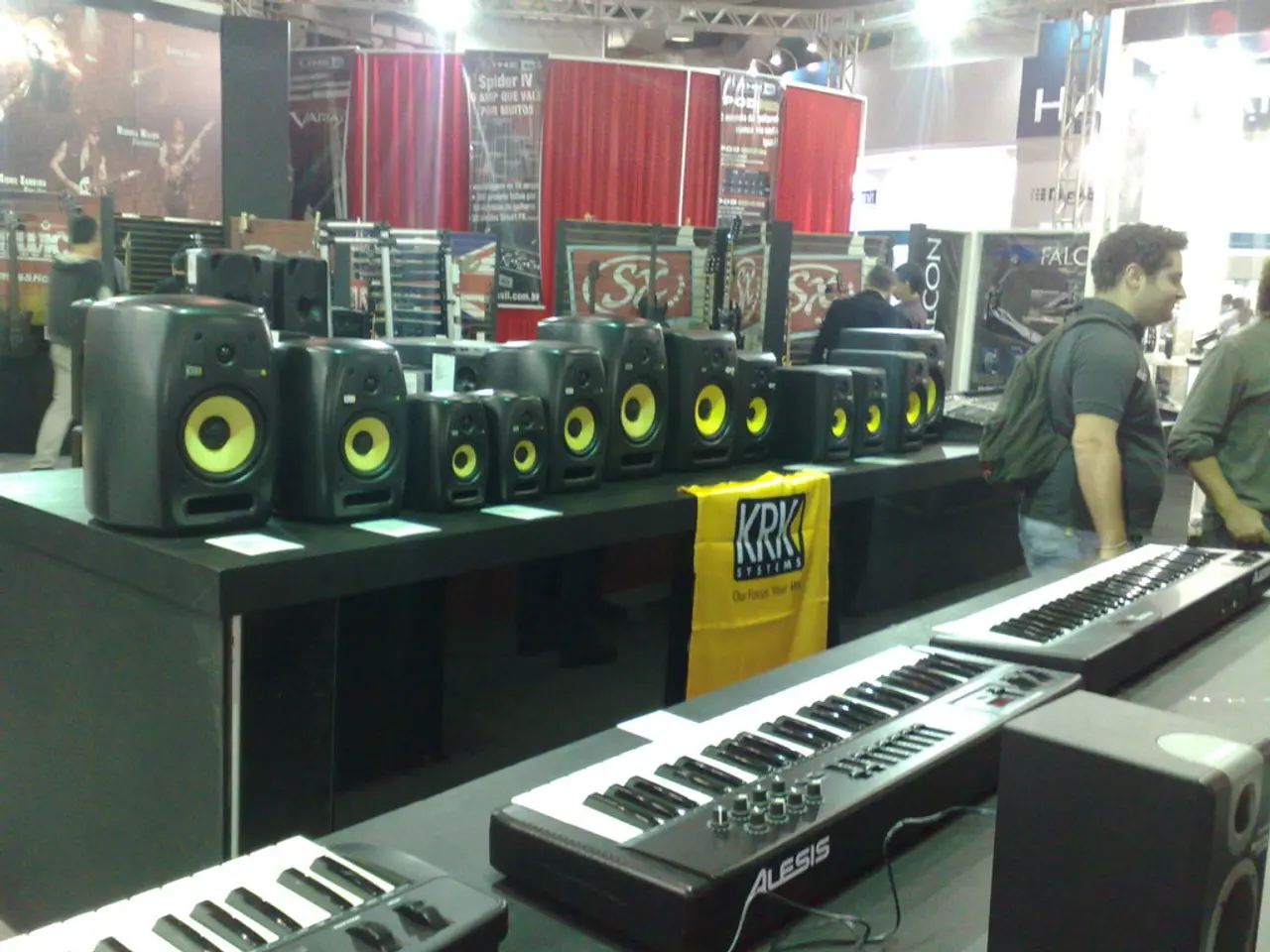"Unjust practices, damning developments, and bias against marginalized groups... the pointed scrutiny by two non-governmental organizations on the fast-fashion titan Shein"
In an extensive three-year investigation, NGOs ActionAid France and China Labor Watch have accused fast fashion giant Shein of "organized exploitation"[6]. The investigations, carried out in textile workshops in the Kangle district of Guangzhou, China, have uncovered a series of concerning practices[1][3][4].
The production process in these workshops is described as "decentralized, unregulated, ultra-flexible," allowing Shein to escape all responsibility[5]. This flexibility enables the brand to inject hundreds of millions of orders onto the market each year[2]. However, it comes at a cost to the workers, who often face long, unpredictable working hours and poor working conditions.
Exploitation
Workers in these workshops are subjected to excessive overtime, with shifts sometimes lasting over 10 hours without adequate breaks or protections[1][4]. The intense production demands—Shein produces about 10,000 garments daily—force a highly stressful pace. To meet the production targets, workers must produce nearly 300 pieces per day, as each piece costs just 0.5 yuan[7]. As a result, workers are paid between 0.06 and 0.27 cents per piece[8].
Gender Discrimination
While the specific reports do not always detail the precise gender dynamics, labor investigations into fast fashion workshops in China typically highlight that many garment workers are women who face lower wages, limited job security, and less social protection than male workers do[4]. In these workshops, women are often confined to the most precarious, least remunerated posts while men retain privileged access to valued posts[9].
The report also mentions the existence of additional sexist and sexual violence in the workshops, particularly verbal violence[10]. Some mothers bring their children to the factory, and children play near high-risk industrial equipment and toxic chemicals[8].
Lack of Social Protection
Workers often rent small, overcrowded rooms above the factories, paying for poor accommodations with no support for health, injury, or social security[1][3][4]. Lack of enforcement of Chinese labor laws in these informal workshops means workers have minimal legal or social recourse.
The monthly cost of living in Guangzhou, excluding housing, for workers is 4,229 yuan (502 euros)[11]. To reach this living cost, workers must produce nearly 300 pieces per day.
The French anti-fast-fashion law does not include respect for human rights, a point regretted by ActionAid[12]. The NGOs estimate that Shein generated "$38 billion in 2024"[13], yet the brand's practices in Guangzhou workshops contradict the principles of fair labor and safe working conditions.
Shein, however, has rejected the accusations present in the report, considering them unfounded, and assures that it treats its workers fairly[14]. The company has not yet responded to further allegations of gender discrimination and lack of social protections.
[1] https://www.chinalaborwatch.org/en/news/2022/01/18/china-labor-watch-investigation-exposes-shein-s-exploitative-labor-practices-in-guangzhou [2] https://www.reuters.com/business/retail-consumer/exclusive-shein-uses-informal-subcontractors-inject-hundreds-millions-orders-market-2021-10-21/ [3] https://www.actionaid.org/global/news/shein-accused-exploitation-women-workers-china [4] https://www.nytimes.com/2021/10/21/business/shein-fast-fashion-labor.html [5] https://www.cnbc.com/2021/10/21/shein-uses-informal-subcontractors-to-avoid-oversight-labor-watchdog-says.html [6] https://www.actionaid.org/france/actualites/actionaid-france-et-china-labor-watch-accusent-shein-dorganisee-exploitation [7] https://www.chinalaborwatch.org/en/news/2022/01/18/china-labor-watch-investigation-exposes-shein-s-exploitative-labor-practices-in-guangzhou [8] https://www.nytimes.com/2021/10/21/business/shein-fast-fashion-labor.html [9] https://www.reuters.com/business/retail-consumer/exclusive-shein-uses-informal-subcontractors-inject-hundreds-millions-orders-market-2021-10-21/ [10] https://www.chinalaborwatch.org/en/news/2022/01/18/china-labor-watch-investigation-exposes-shein-s-exploitative-labor-practices-in-guangzhou [11] https://www.chinalaborwatch.org/en/news/2022/01/18/china-labor-watch-investigation-exposes-shein-s-exploitative-labor-practices-in-guangzhou [12] https://www.actionaid.org/france/actualites/actionaid-france-et-china-labor-watch-accusent-shein-dorganisee-exploitation [13] https://www.chinadaily.com.cn/a/202110/22/WS616b8d90a3108a7456771466.html [14] https://www.nytimes.com/2021/10/21/business/shein-fast-fashion-labor.html
- The government should consider implementing stricter regulations to ensure workplace wellness, addressing medical conditions and mental health, in the fashion and beauty industry, particularly at companies like Shein.
- As the fashion and beauty industry grows, earning an estimated $38 billion in 2024, providers must prioritize health and wellness, considering therapies and treatments for neurological disorders that workers might face due to long, unpredictable working hours.
- Companies like Shein can contribute positively to the industry's finance and personal finance by providing fair wages, adequate healthcare, and social protection to their workers, instead of relying on exploitative labor practices.
- In the context of education and self-development, industries should educate their employees about skin conditions and provide proper hormone or stress management resources.
- To combat gender discrimination in the fashion and beauty industry, businesses should promote equality, offering equal wages, job security, and social protection to both genders.
- As a lifestyle choice, consumers should be aware of the working conditions in the fashion and beauty industry, making informed decisions when shopping for clothing, cosmetics, or other related products.
- The casino and gambling industry is not directly related to the fashion and beauty sector, but it could collaborate with charities to offer financial support to organizations working towards workplace wellness and education in these industries.
- In sports, athletes can lend their visual and social influence to raise awareness about the need for better working conditions and increased social protection in the fashion and beauty industry.
- Weather conditions can indirectly impact the fashion and beauty industry, as extreme weather events may hinder the manufacturing process or create supply chain issues, but addressing the labor issues within the industry should be the primary concern.
- Technology can offer innovative solutions to monitor working conditions and ensure compliance with labor laws in the fashion and beauty industry, promoting a safer and more equitable workspace.
- As fast fashion companies like Shein grapple with accusations of exploitation, it's crucial for the industry to prioritize human rights, aligning their practices with principles of fair labor and safe working conditions to safeguard workers' wellbeing and contribute positively to their personal and financial life.




